[ad_1]
Chrysanthemums burst into coloration in late summer season by means of frost, showing in autumnal tones with pom poms that cheer on the season. A whole lot of varieties with totally different floral types and colours bridge the seasonal transition as different flowers fade.
Mums are longtime favorites for his or her floriferous show and versatile makes use of. They’re an easy-care perennial to develop year-round, with engaging foliage along with the autumn blooms. Hardy chrysanthemums (backyard mums) provide seasonal decor and lasting curiosity as thriving outside alternatives and showy lower flowers.
Beneath the cheerful blooms is a hidden energy: chrysanthemums have pure defenses that deter and management pests. With a bonus like this, there’s all of the extra purpose to beef up the mum show this fall!
Chrysanthemum Overview
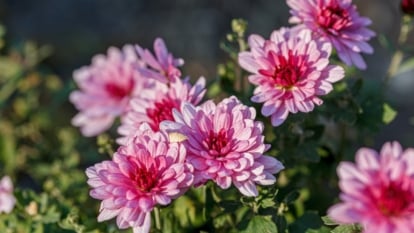

The flowering gems have a protracted backyard historical past. Cultivated in China as many as 2000 years in the past, they started as an decorative, culinary, and natural choice to ease sure illnesses.
They turned celebrated in Japan, serving as a distinguished royal emblem and image of honorable service. Their favor unfold to Europe within the seventeenth century and the Americas within the late 1700s.
The genus Chrysanthemum belongs to the Asteraceae household, which incorporates asters, daisies, marigolds, and plenty of others. Backyard mums, the prolific bloomers we love within the fall and past, are emblematic of their vary of colours and flower types. Hardy mums are perennial and overwinter in USDA zones 3-9, relying on the species and selection.
Repellant Qualities
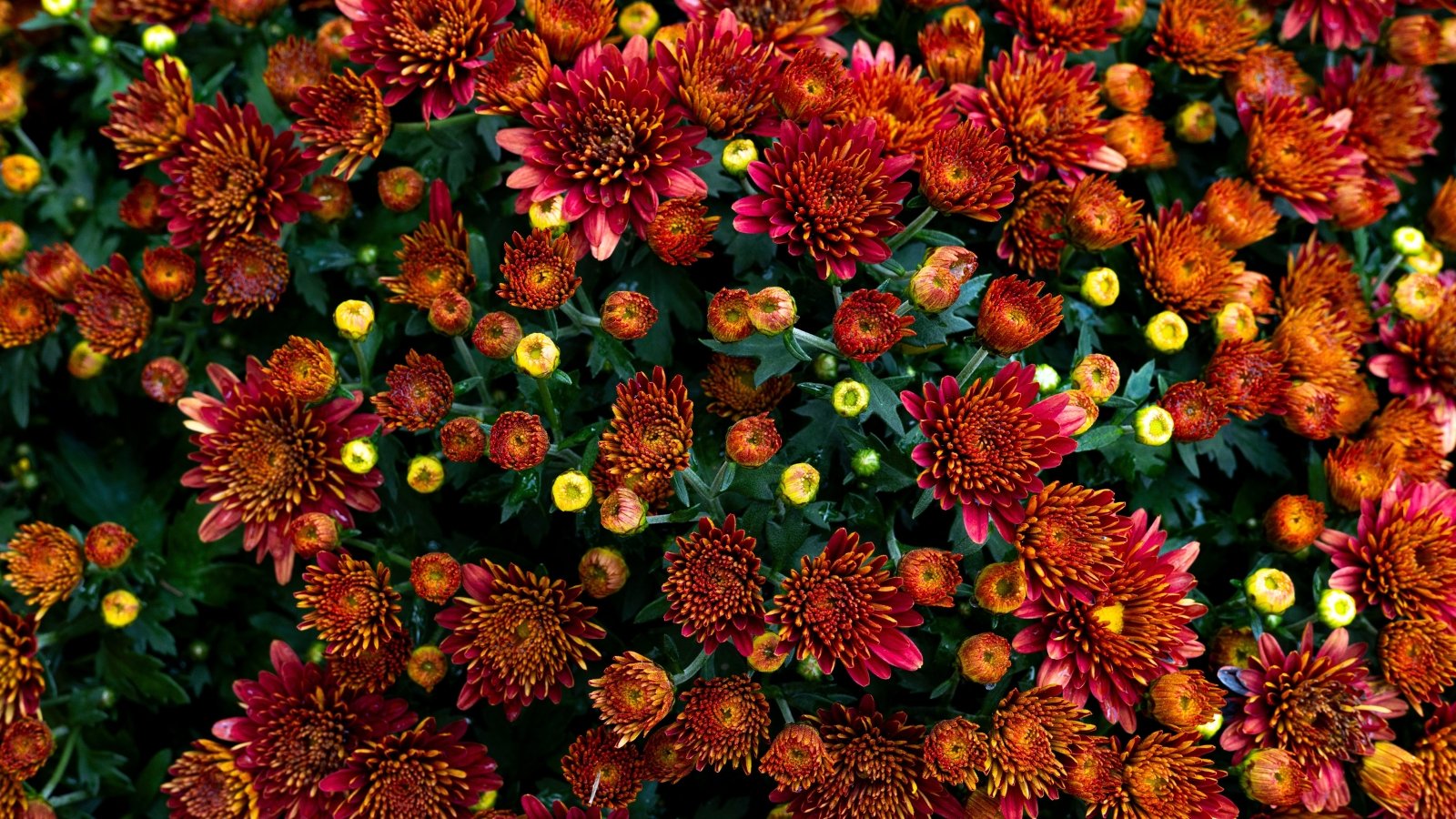

Most of us have by chance damaged stems off delicate mums and seen their fragrant qualities, nearly minty with earthy undertones. Important oils produce a perfume within the flowers, leaves, and branches. These chemical extracts of chrysanthemums are toxins that repel and management some backyard pests.
Advantages for Folks and Pets
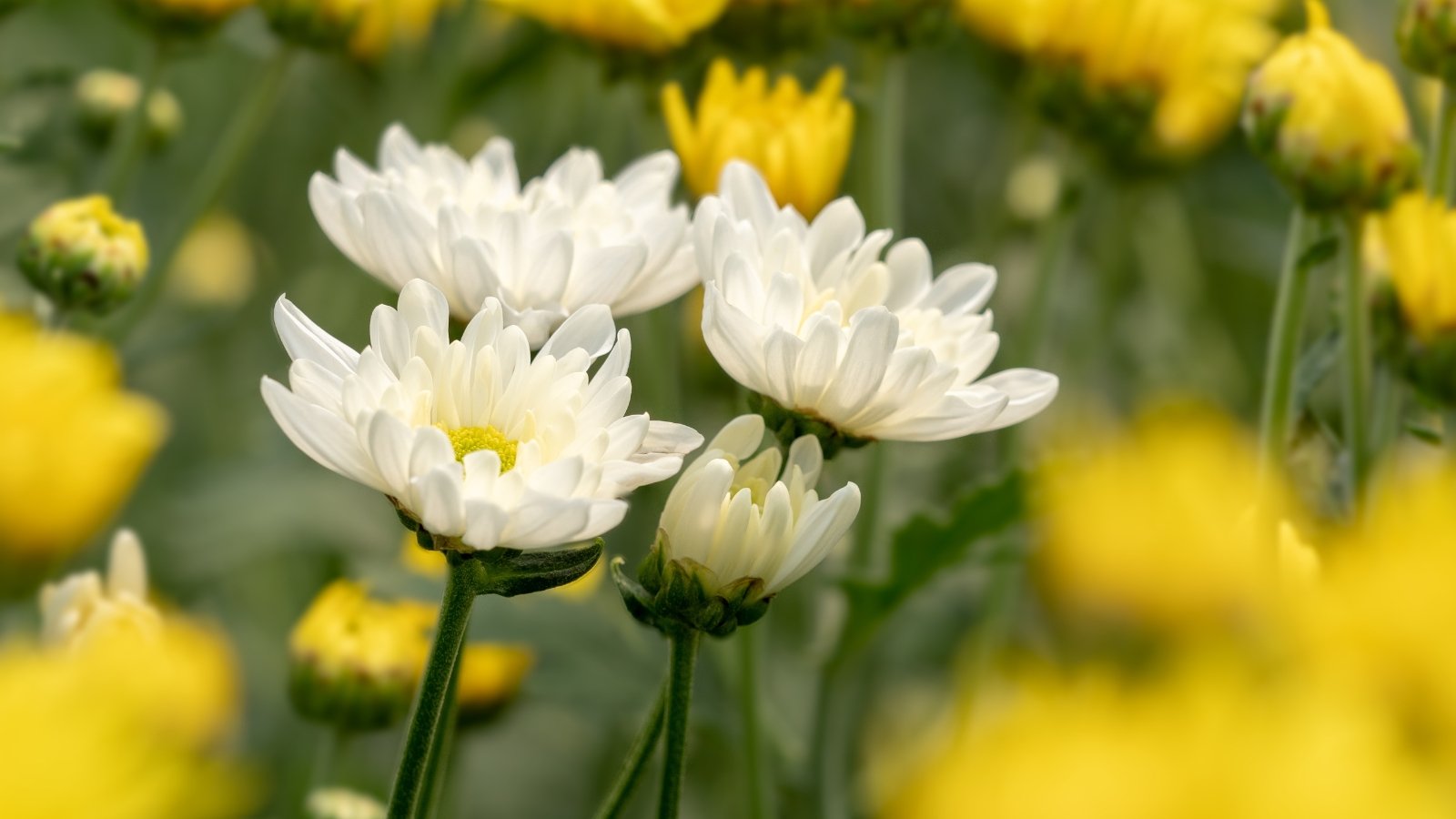

The plant oils emitted from chrysanthemums assist deter mosquitoes, fleas, and ticks – an ideal justification for including extra pots round porches, patios, and outside areas that individuals and pets get pleasure from. The chance of deterring pests will increase with a larger presence.
Mammals could discover their scent, taste, and fuzzy leaves distasteful, together with mice, who are inclined to keep away from the realm. Rabbits and deer are rare guests, however mums are definitely not past their palette.
Backyard Advantages
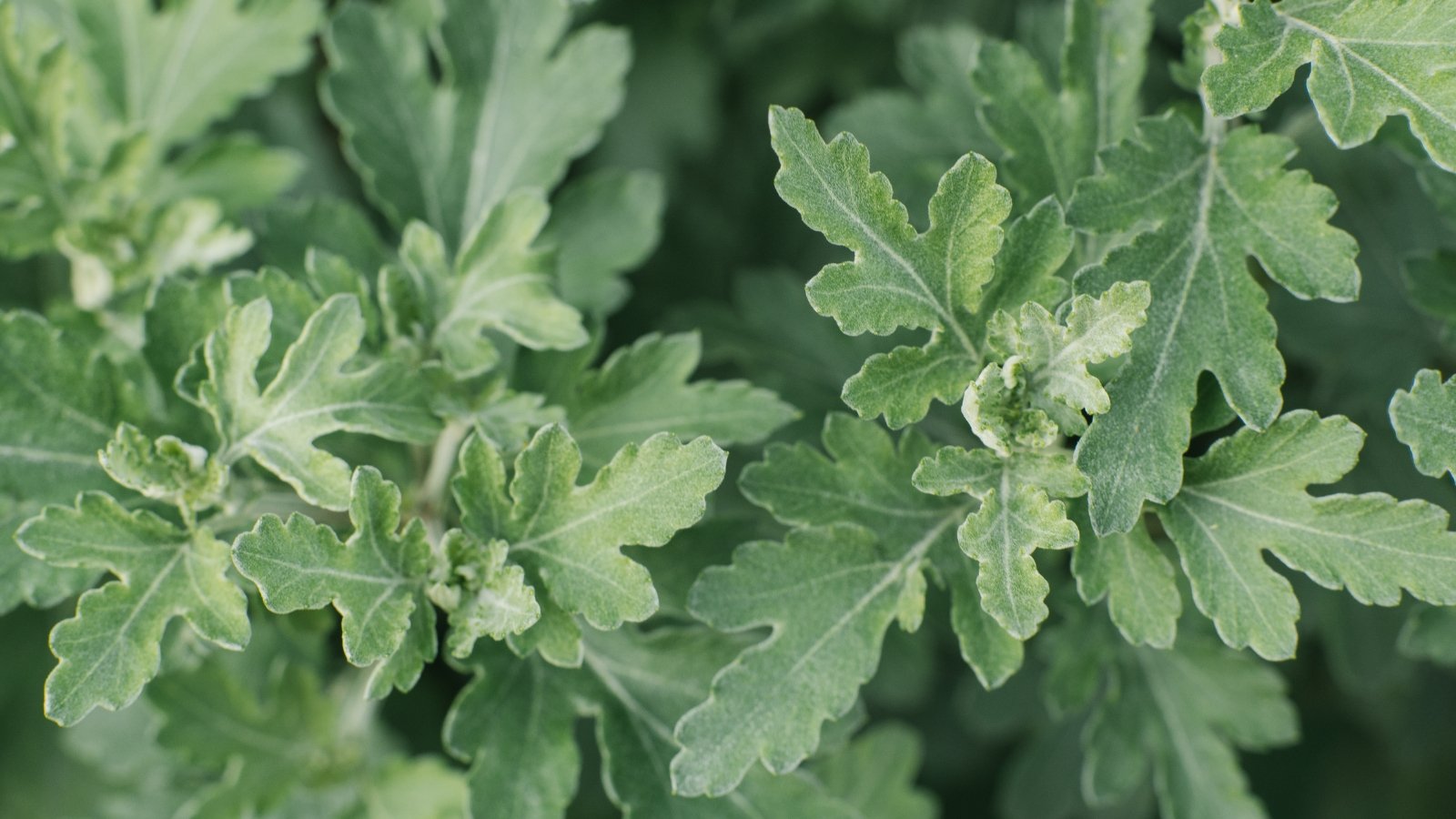

Mums have advantages that span the decorative, herb, and vegetable beds. Their showy blooms entice useful bugs like ladybugs, hoverflies, and lacewings, which prey on pests like aphids and spider mites. Their fragrant toxins could make the encircling space much less engaging to invading pests.
Chrysanthemums don’t deter all pests; in spite of everything, they depend on pollination. Additionally they fall prey to frequent bugs, particularly with watering fluctuations or air circulation points.
A various planting association creates a balanced backyard system. Depend on attracting these beneficials to assist handle the pesky invaders.
Companion Crops
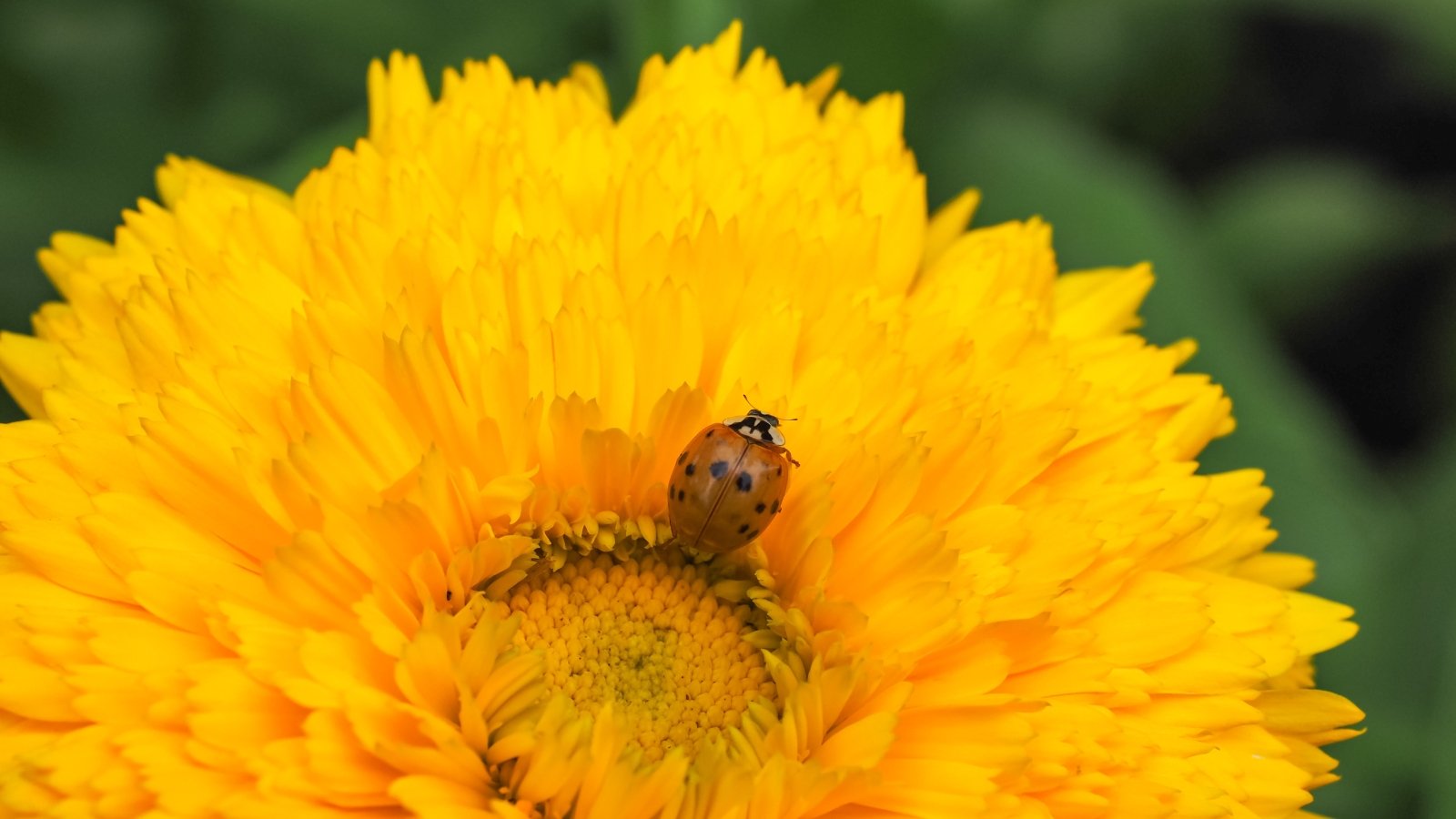

Companion plantings incorporate pairings that mutually profit one another. Advantages embrace insect repelling, soil construction enhancements, or gentle and shade publicity. For chrysanthemums, companions staff as much as deter frequent pests whereas attracting predatory bugs.
Along with the providers of companion vegetation are their show qualities. Many mum companions are late-season bloomers that spotlight the autumn season.
Use pure insect deterrents together with greens and herbs to assist repel pests. Plant them inside 12 to 18 inches of a companion or any insect-plagued plant.
Chives
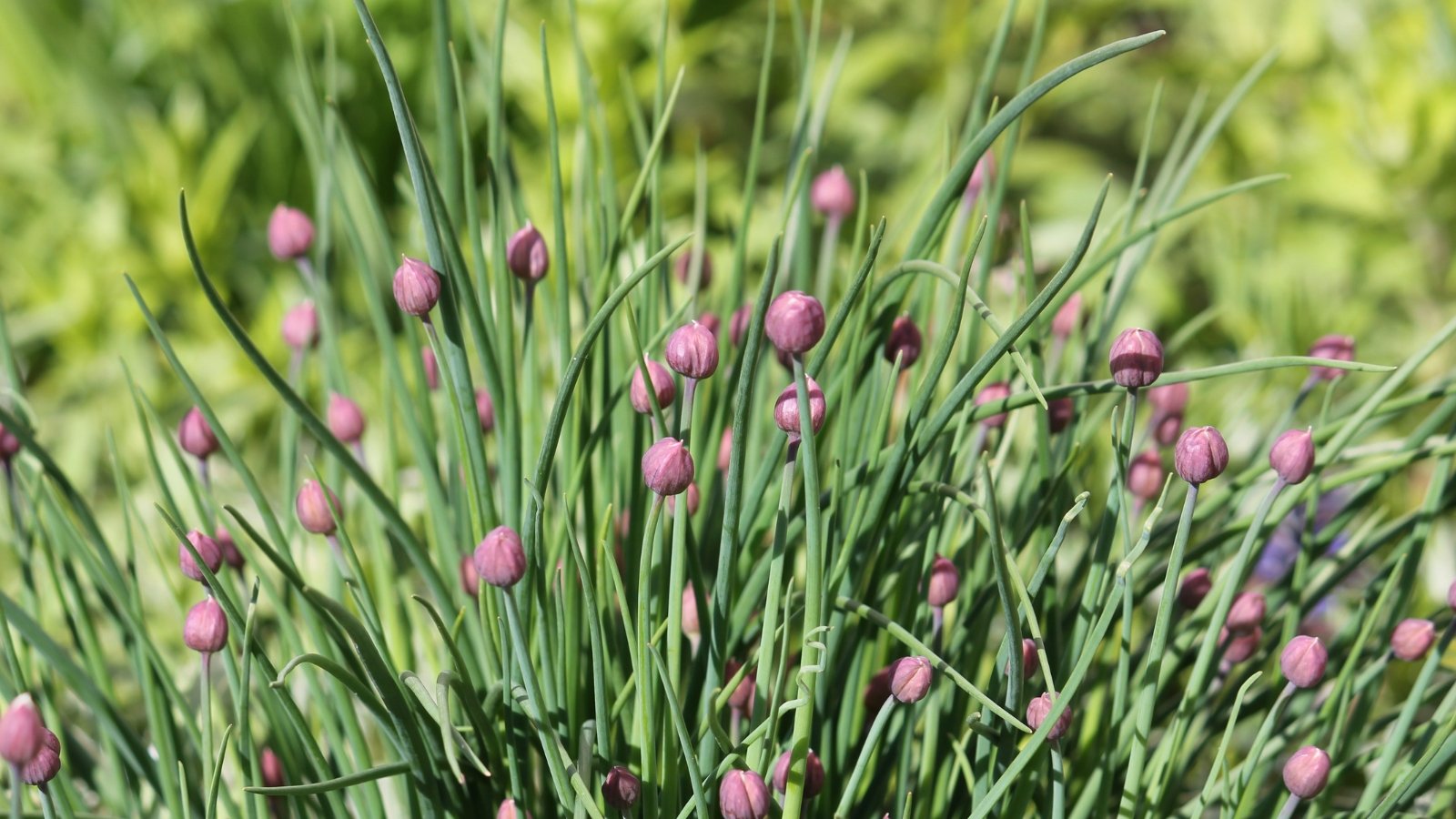

Chives have a protracted backyard historical past, cultivated because the Center Ages in Europe and for over 4,000 years in China. They serve the herb backyard, decorative borders, and containers.
Chives and different Alliums repel aphids with their sturdy scent and taste. Planted with mums, they’ll work to discourage the nuisance whereas drawing pollinators.
Marigolds


Marigolds are a signature of autumn preparations with prolific pom pom blooms in sunny yellow, gold, ivory, and garnet. In the identical household as chrysanthemums, they characteristic fragrant flowers and foliage with the identical pest repellant and management properties.
Marigolds make glorious companions to many vegetation, together with vegetables and fruit like tomatoes. They repel squash bugs, thrips, and whiteflies, and likewise entice beneficials. Use them with mums for a pest-deterring dynamic duo.
Echinacea
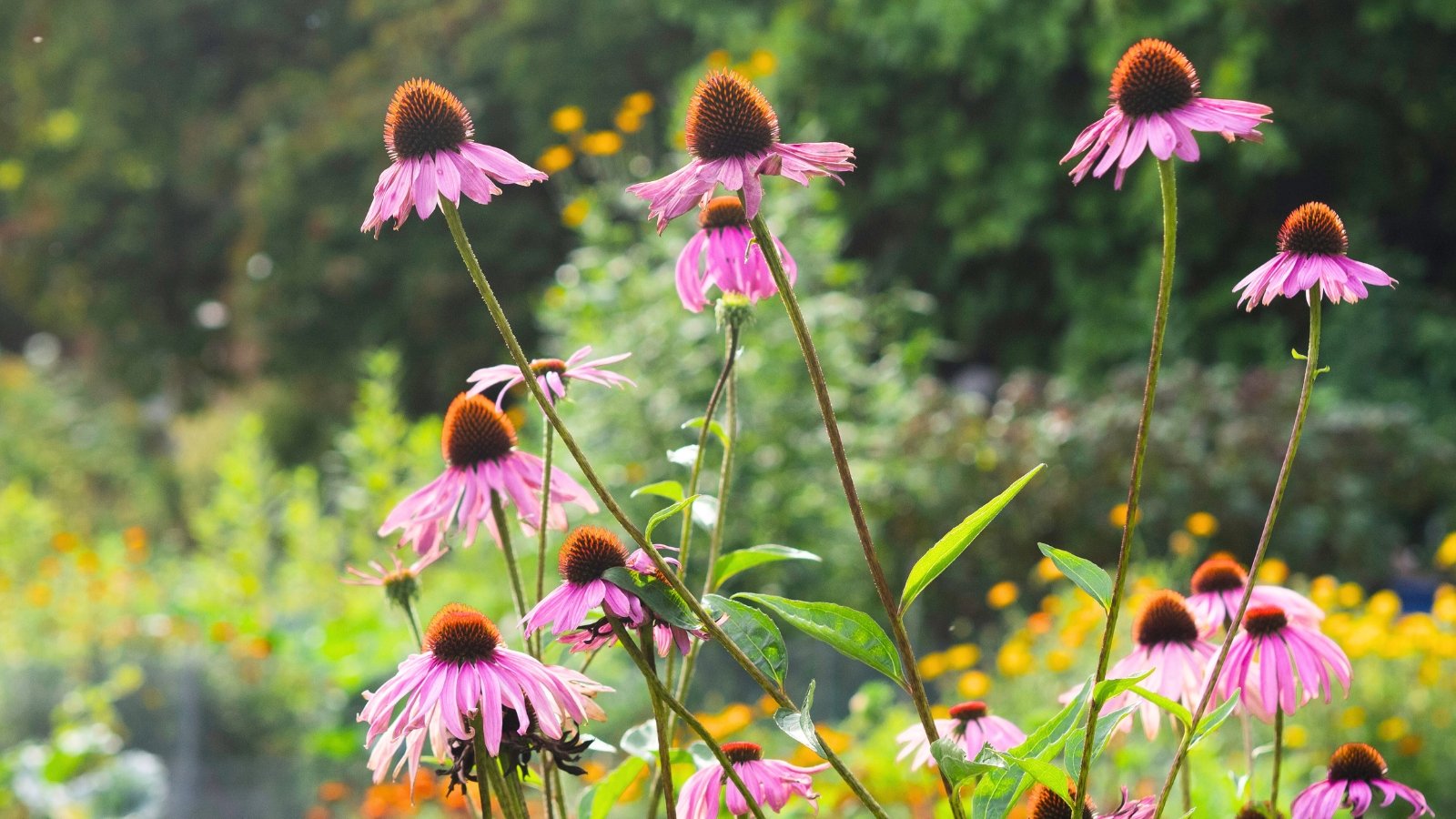

Echinacea is a favourite native and a main nectar supply for useful bugs. It gives excessive coloration and a lengthy bloom season.
When paired with chrysanthemums, pollinators are the draw. They’ll bounce between the alternatives. Coneflowers even have intensive root methods that loosen soils and enhance drainage for the mums, whose shallow roots received’t compete.
Yarrow
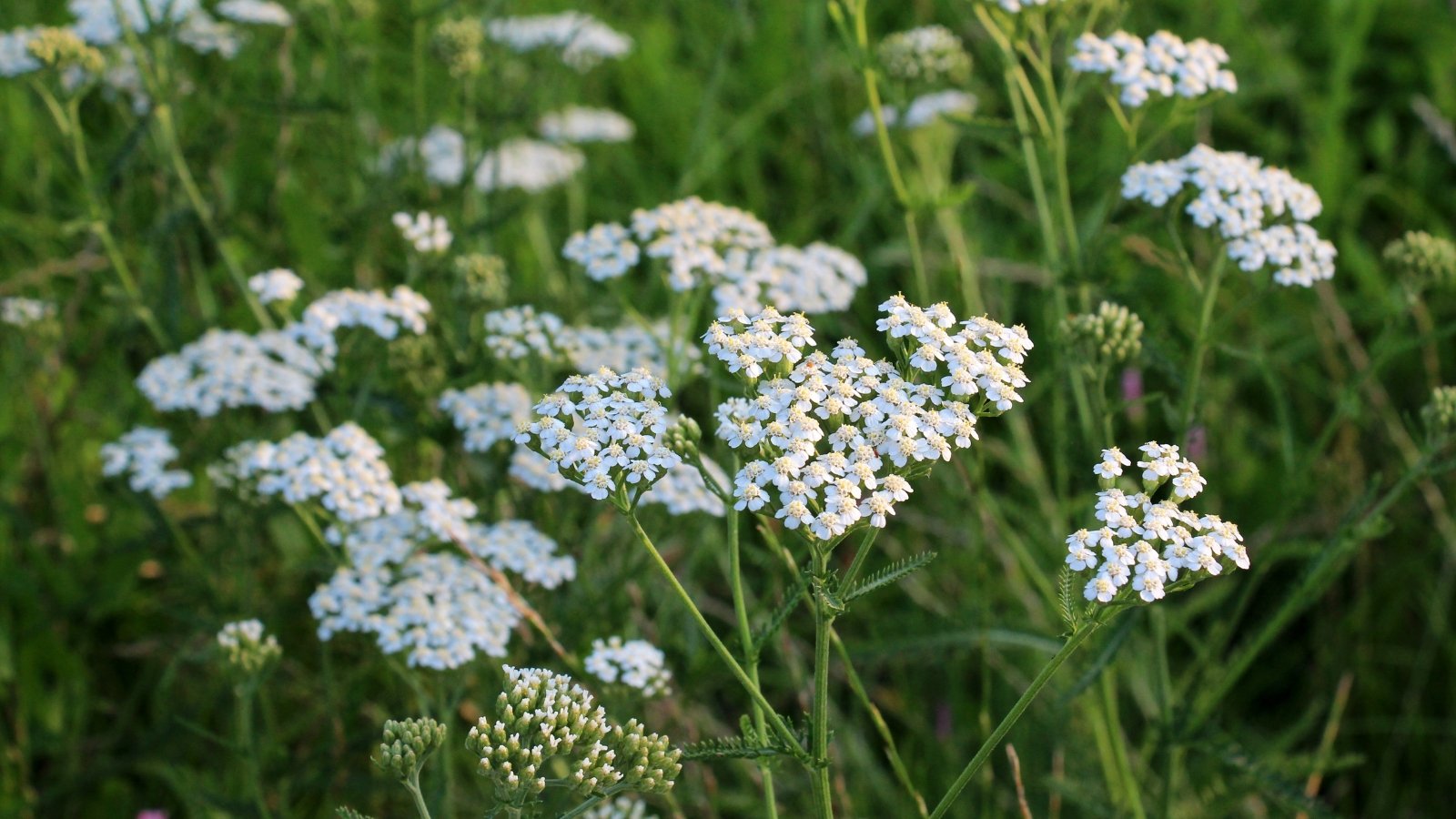

Yarrow is a tricky, adaptable North American native with feathery foliage and huge, flat flower clusters. Bees, butterflies, and different bugs discover its floral touchdown pads irresistible.
Develop the duo to entice ladybugs, predatory wasps, and hoverflies. These feed on aphids and spider mites, two widespread pests that afflict mums.
Insecticidal Properties
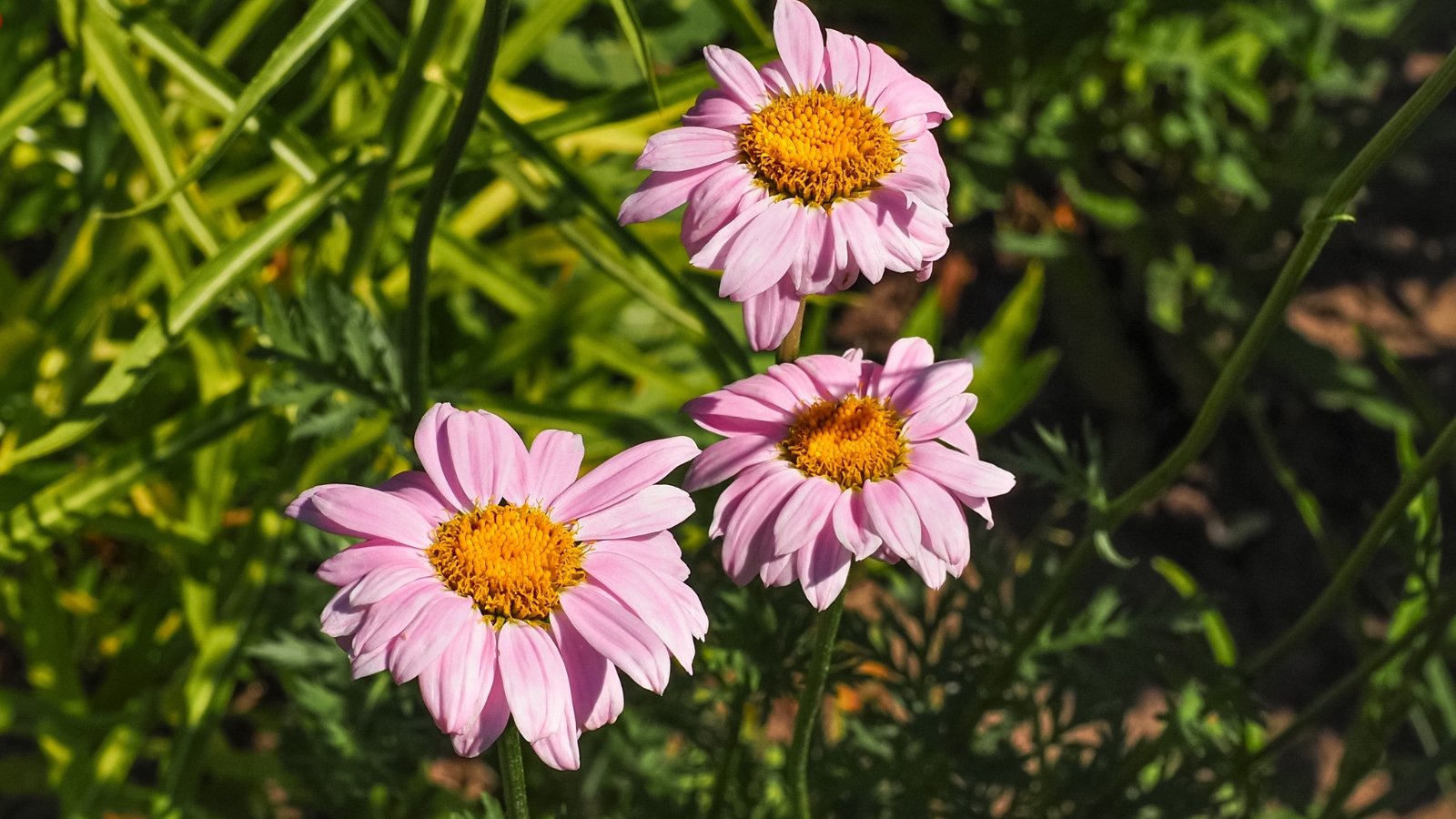

Concentrating and distilling their chemical toxins is chrysanthemums’ highest stage of pest management. Pyrethrins, a centuries-old, natural pesticide, derive from mum flowers.
Particularly, dalmatian (Tanacetum cinerariifolium) and painted daisies (Tanacetum coccineum) include insecticidal properties within the type of six toxins. By grinding flowerheads right into a wonderful powder, their chemical make-up turns into attainable to dilute and apply to vegetation. Pyrethrum impacts bugs’ nervous methods on contact or by means of ingestion.
Industrial pyrethrins are available as natural, OMRI-certified pesticides. These differ from pyrethroids, that are artificial, stronger variations of the mum-derived compounds.
Whereas pure, pyrethrins are broad spectrum and impression useful bugs as they do goal pests. They kill nearly any insect. When treating infestations, observe software pointers and apply early within the morning when pollinators are much less lively. Keep away from spraying flowers and buds to cut back the probabilities of pollinator contact.
Chrysanthemum can work to regulate these goal pests:
- Aphids
- Leafminers
- Flea beetles
- Spider mites
- Whiteflies
- Squash bugs
- Cutworms
- Thrips
- Ants
Pyrethrum combined with isopropyl alcohol is a attainable remedy in opposition to Japanese, cucumber, and rose chafer beetles. Use one tablespoon of alcohol per pint of diluted pyrethrum combination. Apply it each three to 5 days for 2 weeks through the lively interval on vegetation having points with these pests.
At-House Use
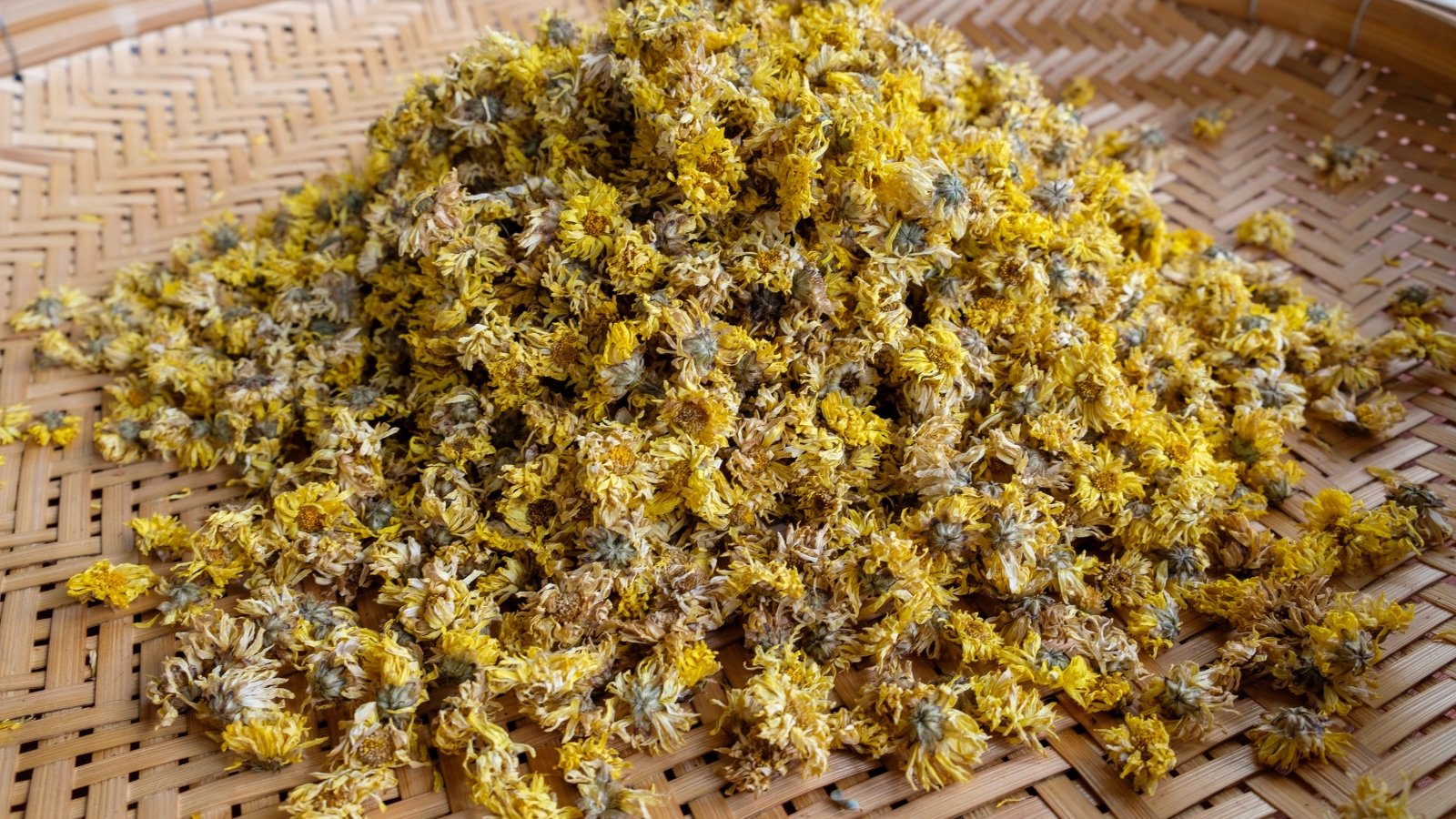

Making use of a industrial pyrethrin product could be the reply when confronted with a pest outbreak or extreme infestation. Save pesticide use as a final resort. Nonetheless, pyrethrin derived from dried flowers with out extra compounds is licensed natural to be used on ornamentals, fruits, and greens.
Some gardeners make their very own insecticide by grinding chrysanthemum flowers right into a powder or steeping them in water for a twig. T. cinerariifolium and T. coccineum are the simplest. When you choose to make your individual pesticide, put on a masks and gloves to attenuate publicity whereas dealing with the pure parts.
[ad_2]
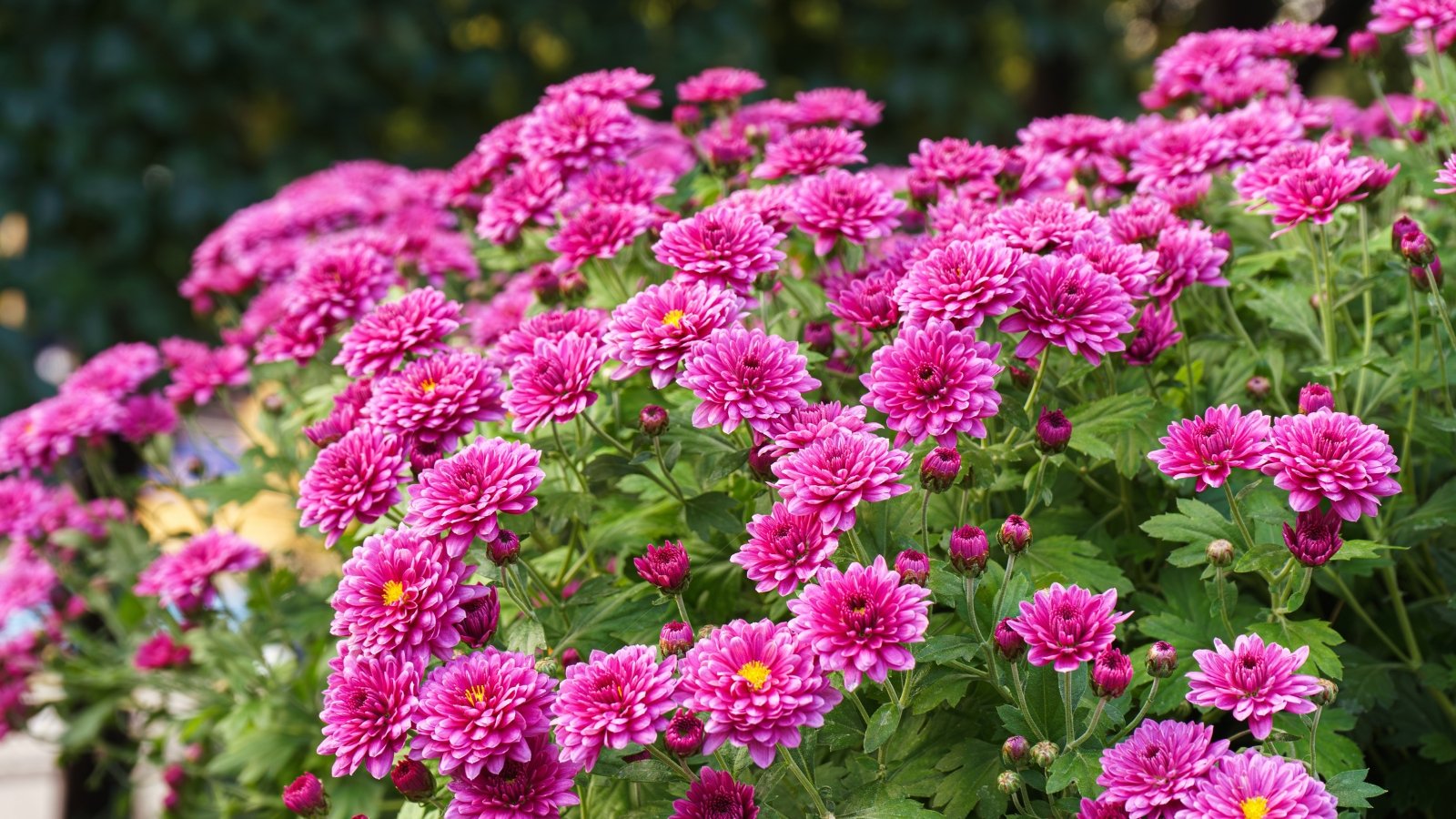
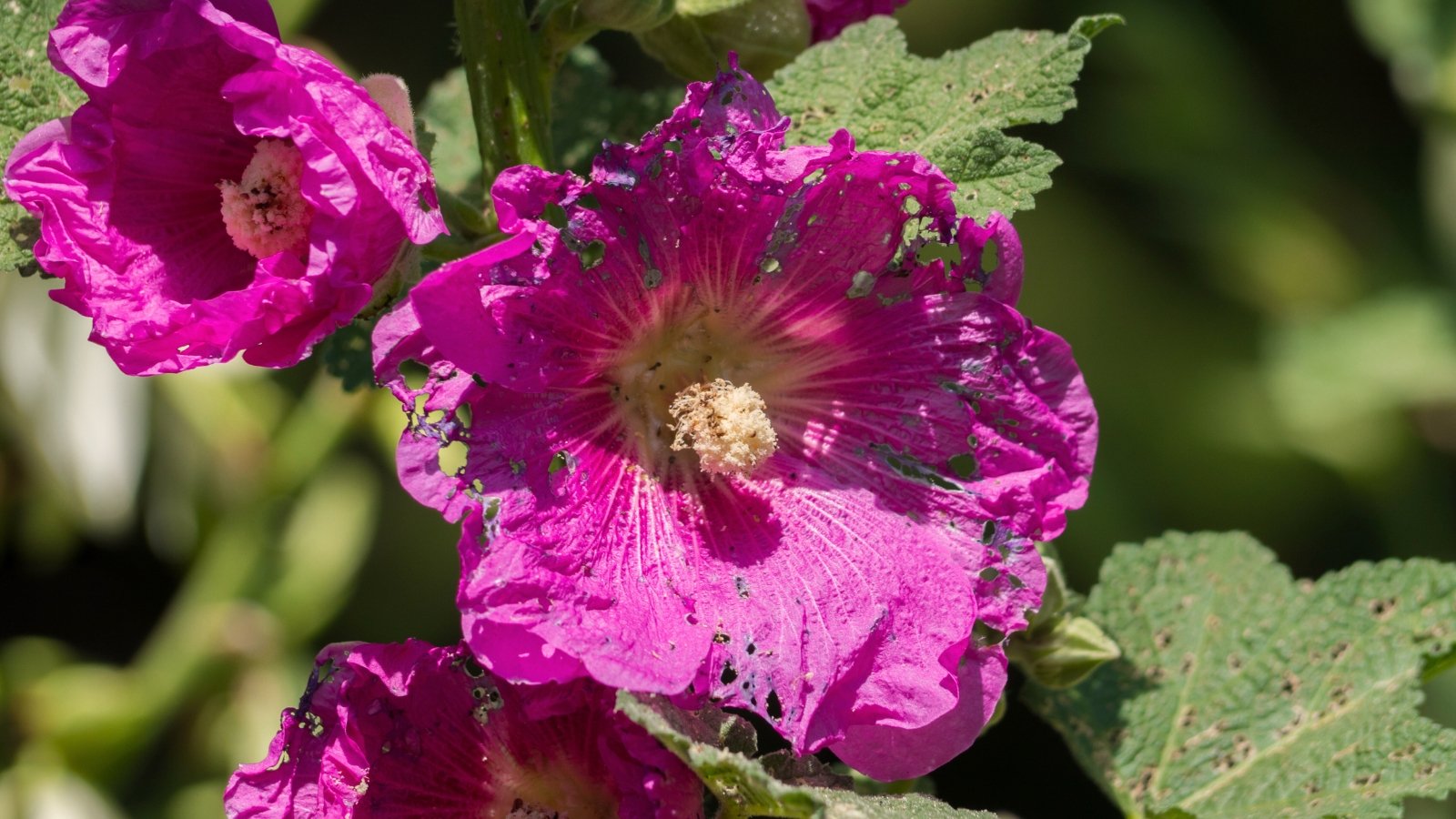
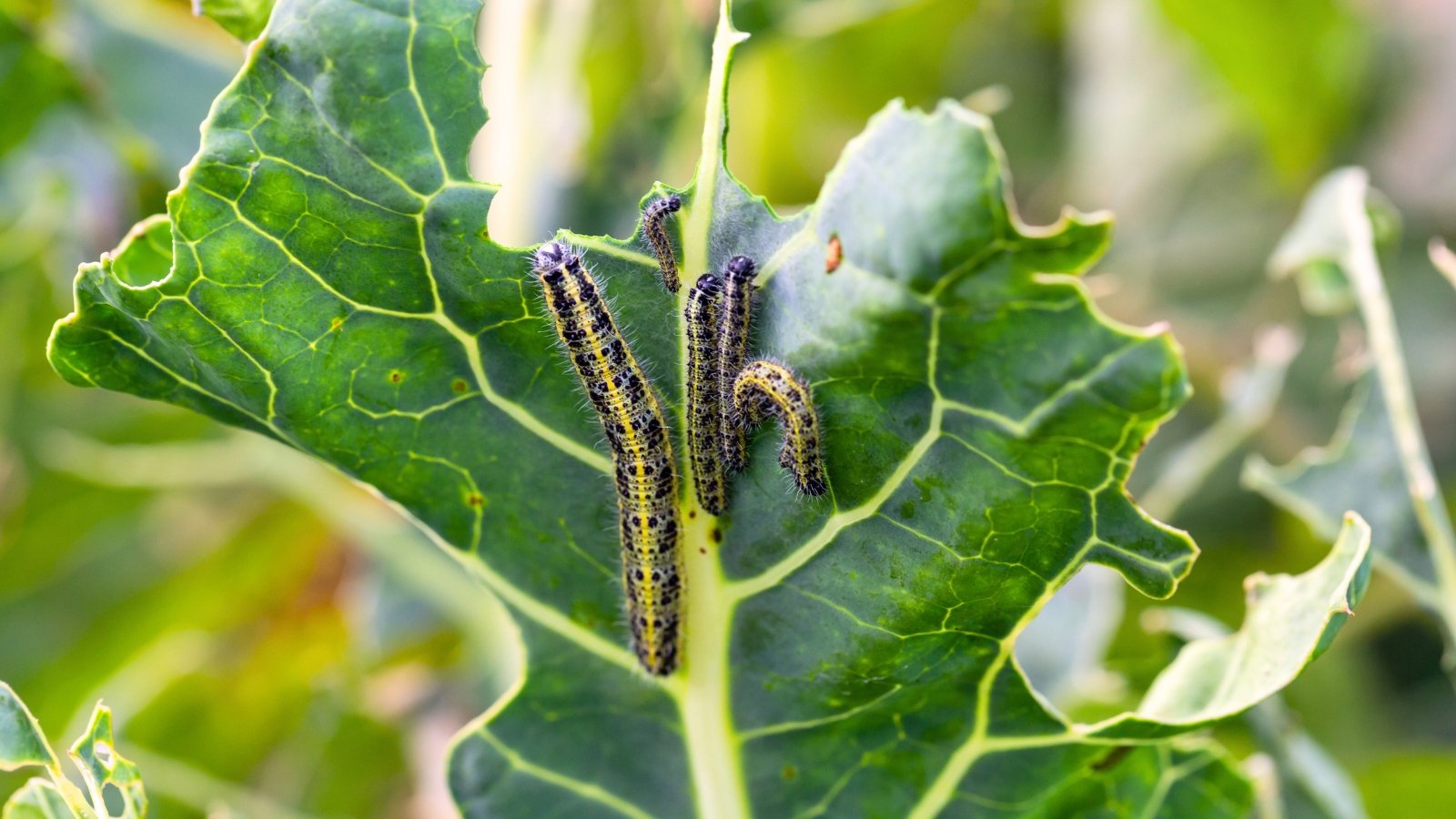
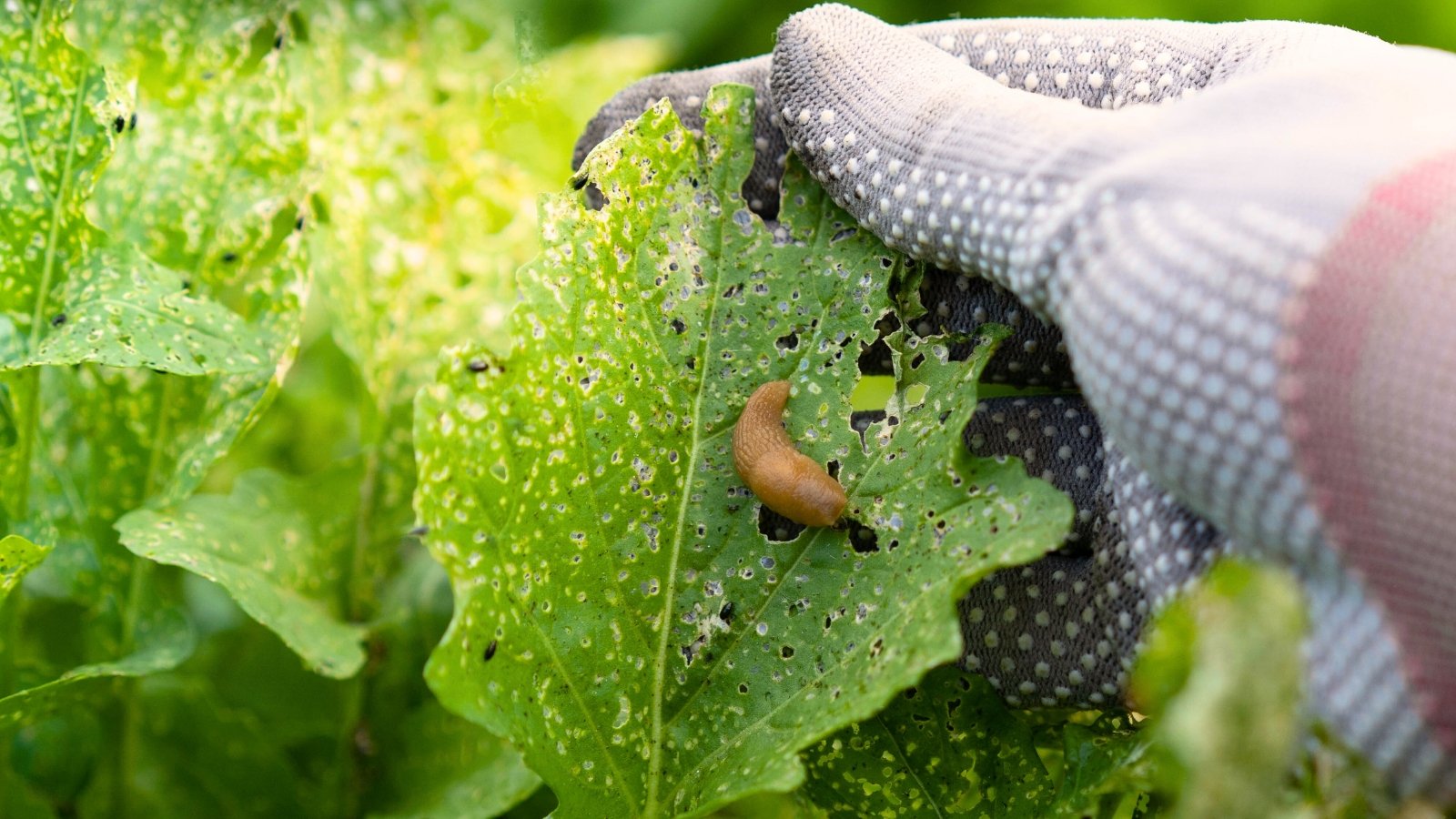
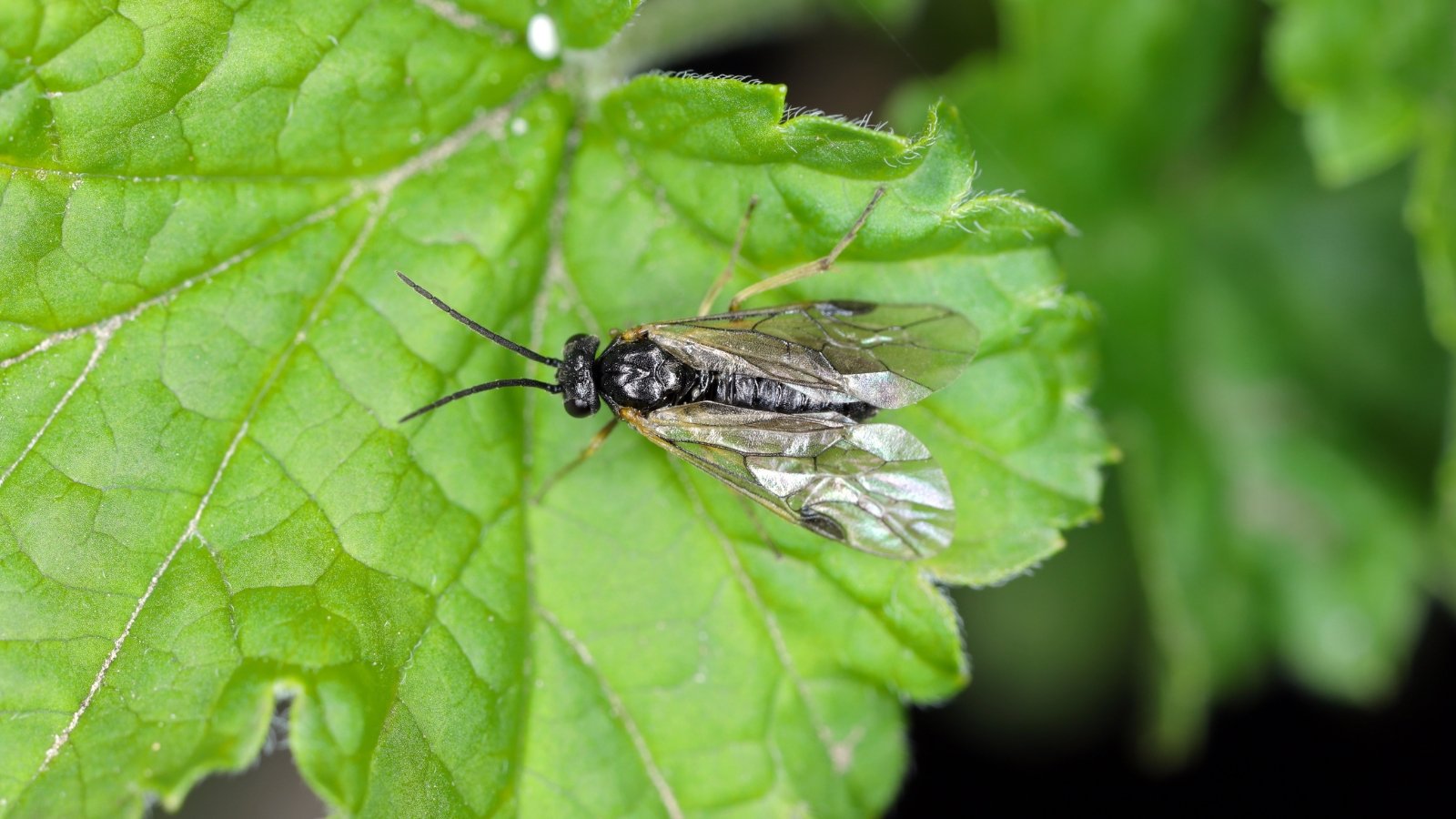

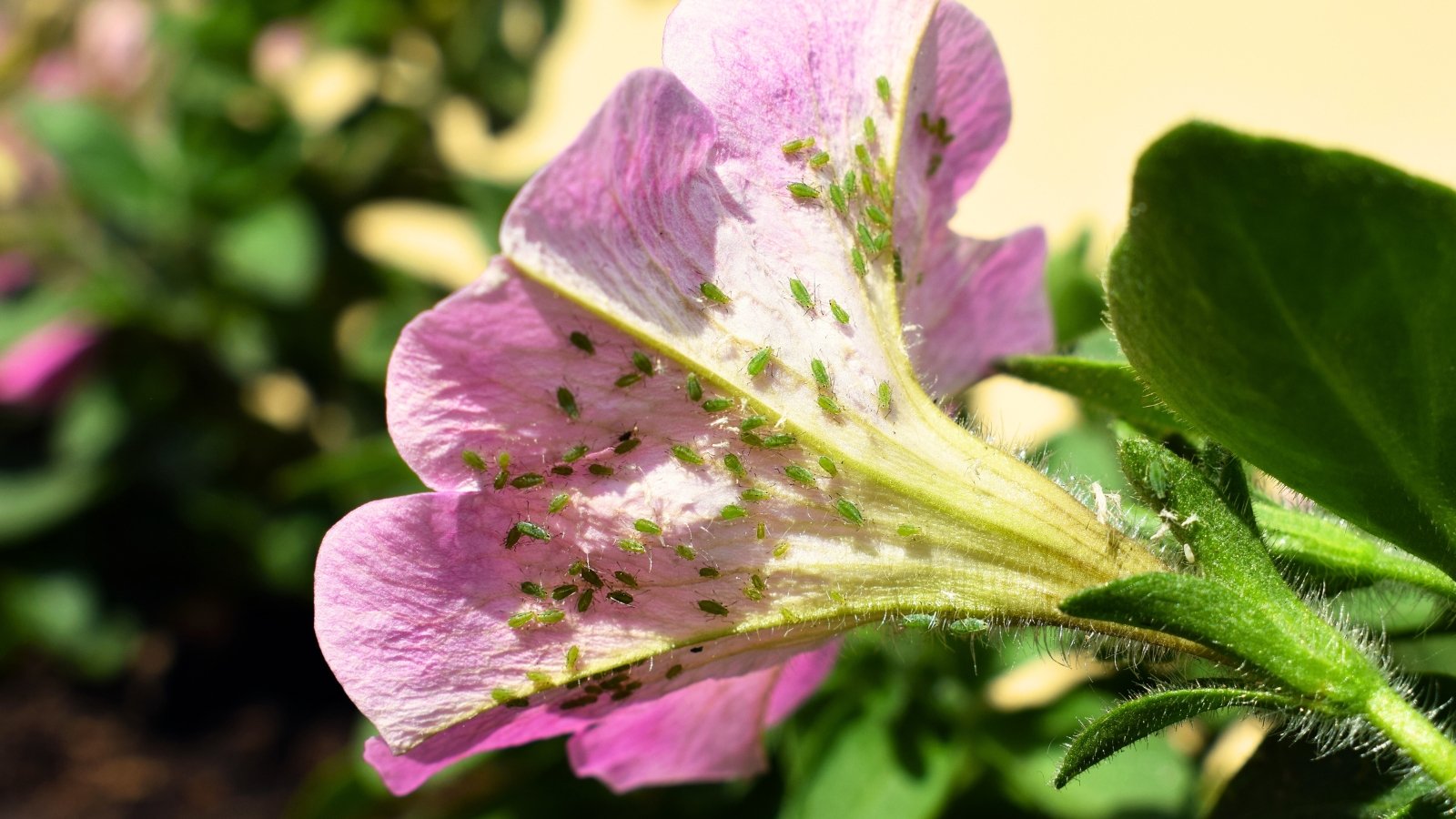

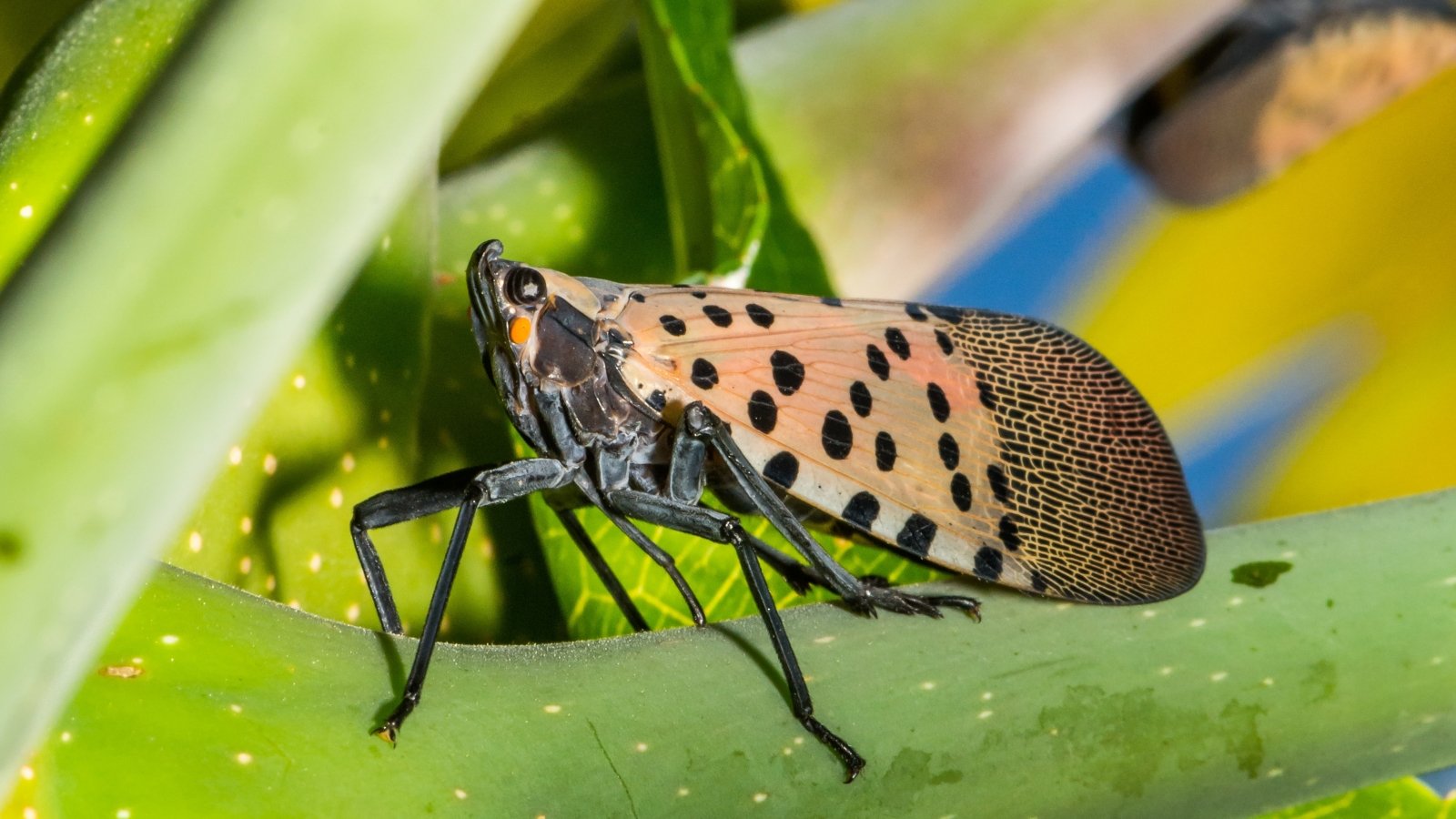
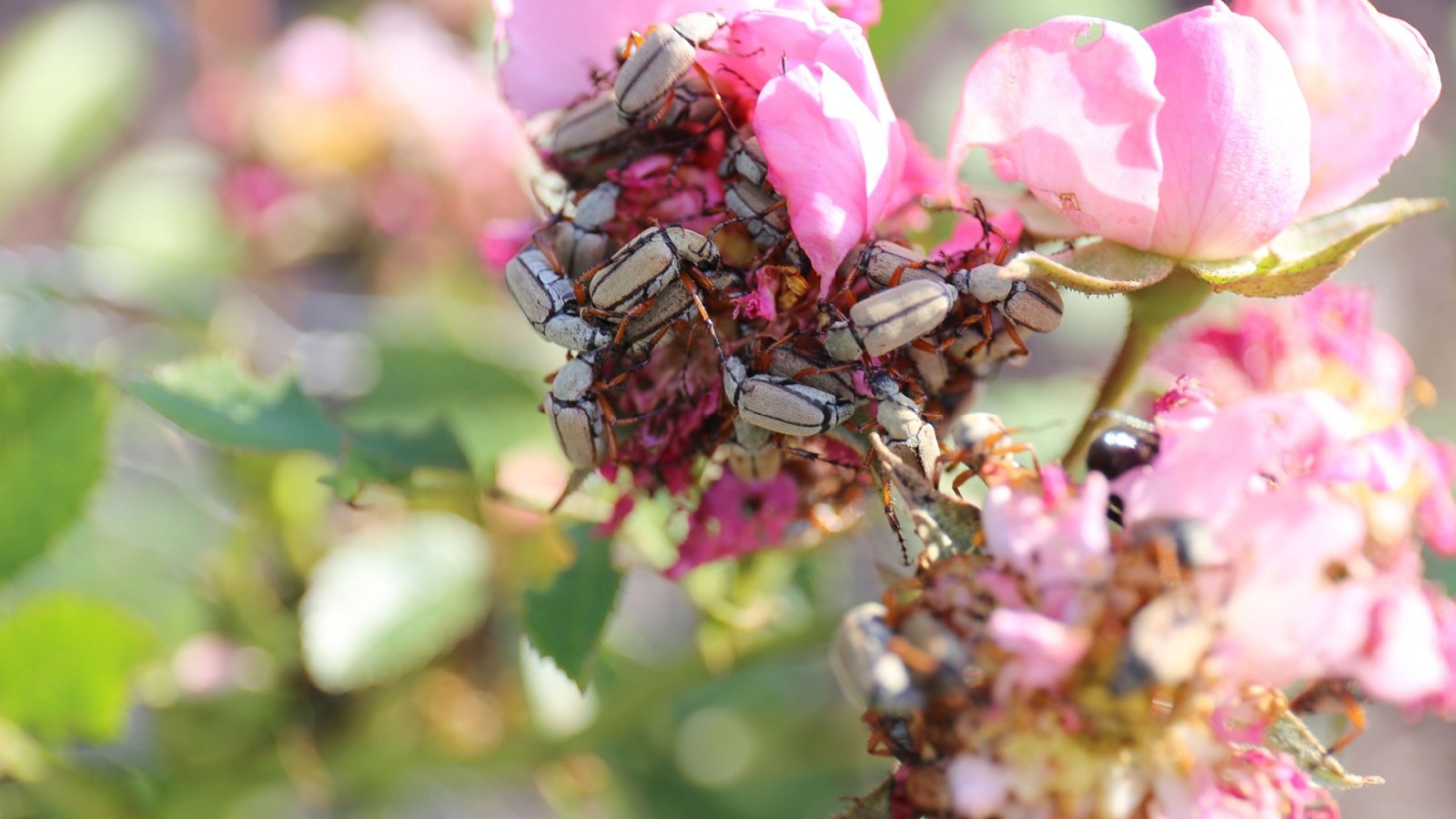
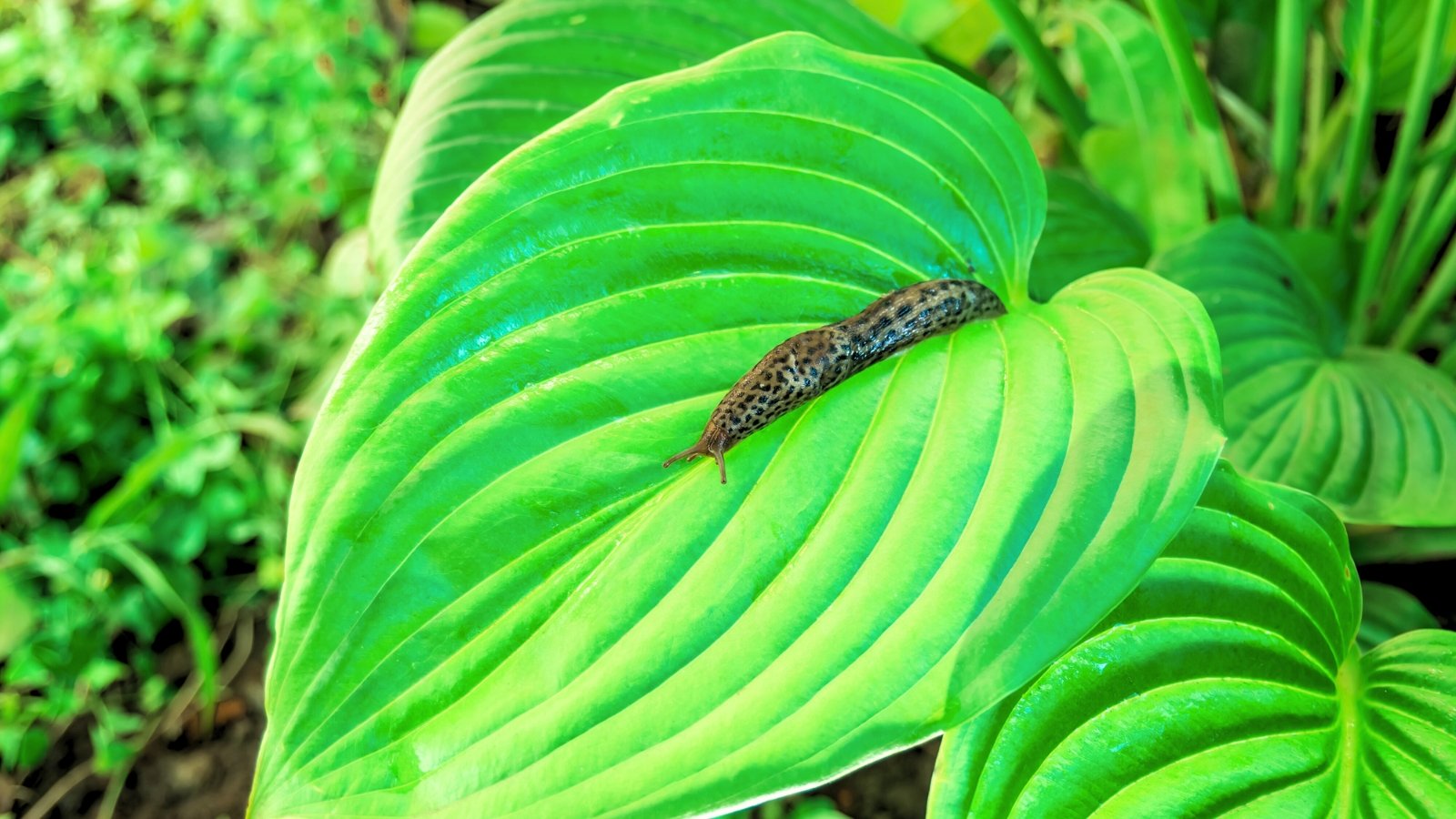
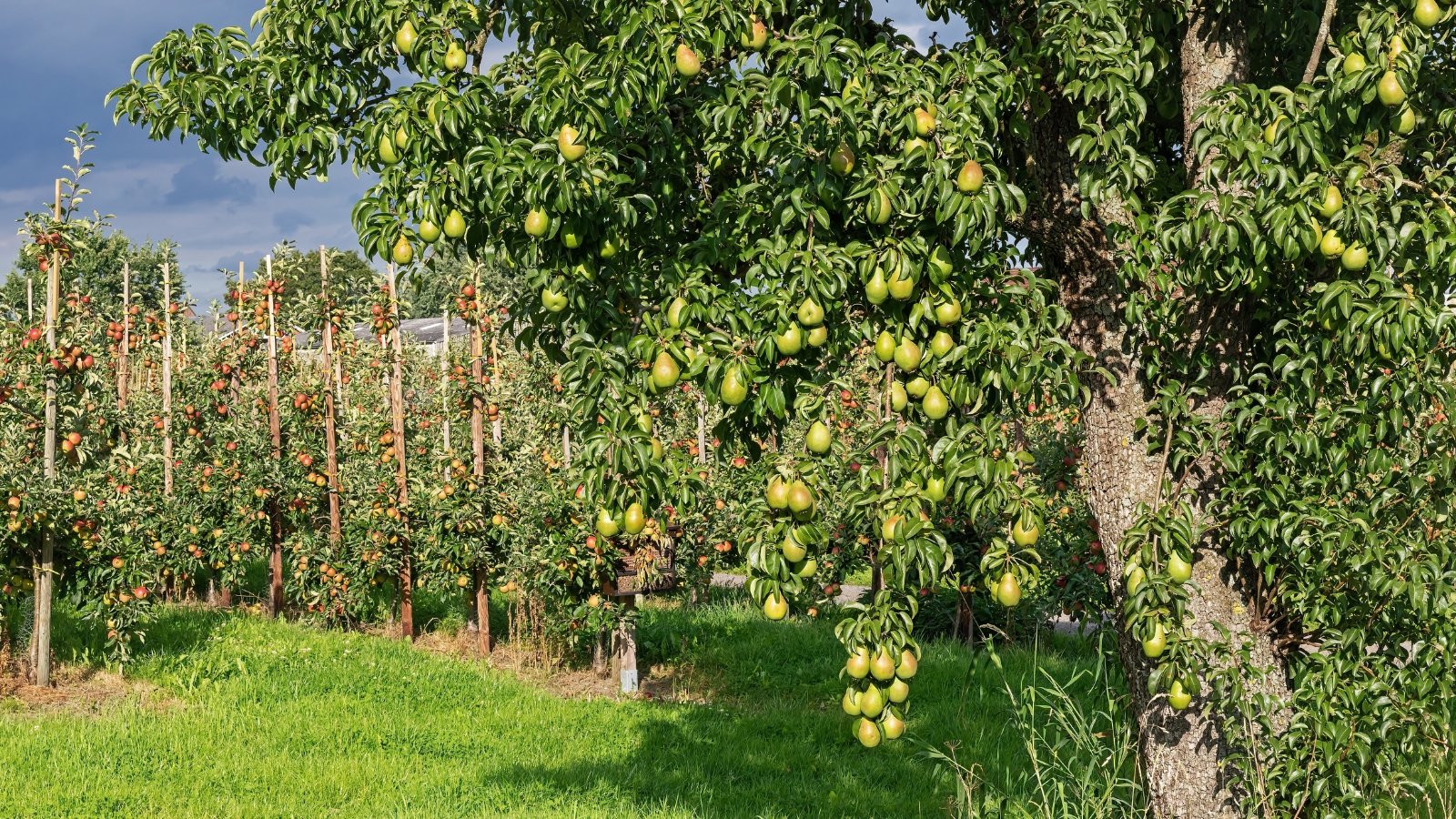


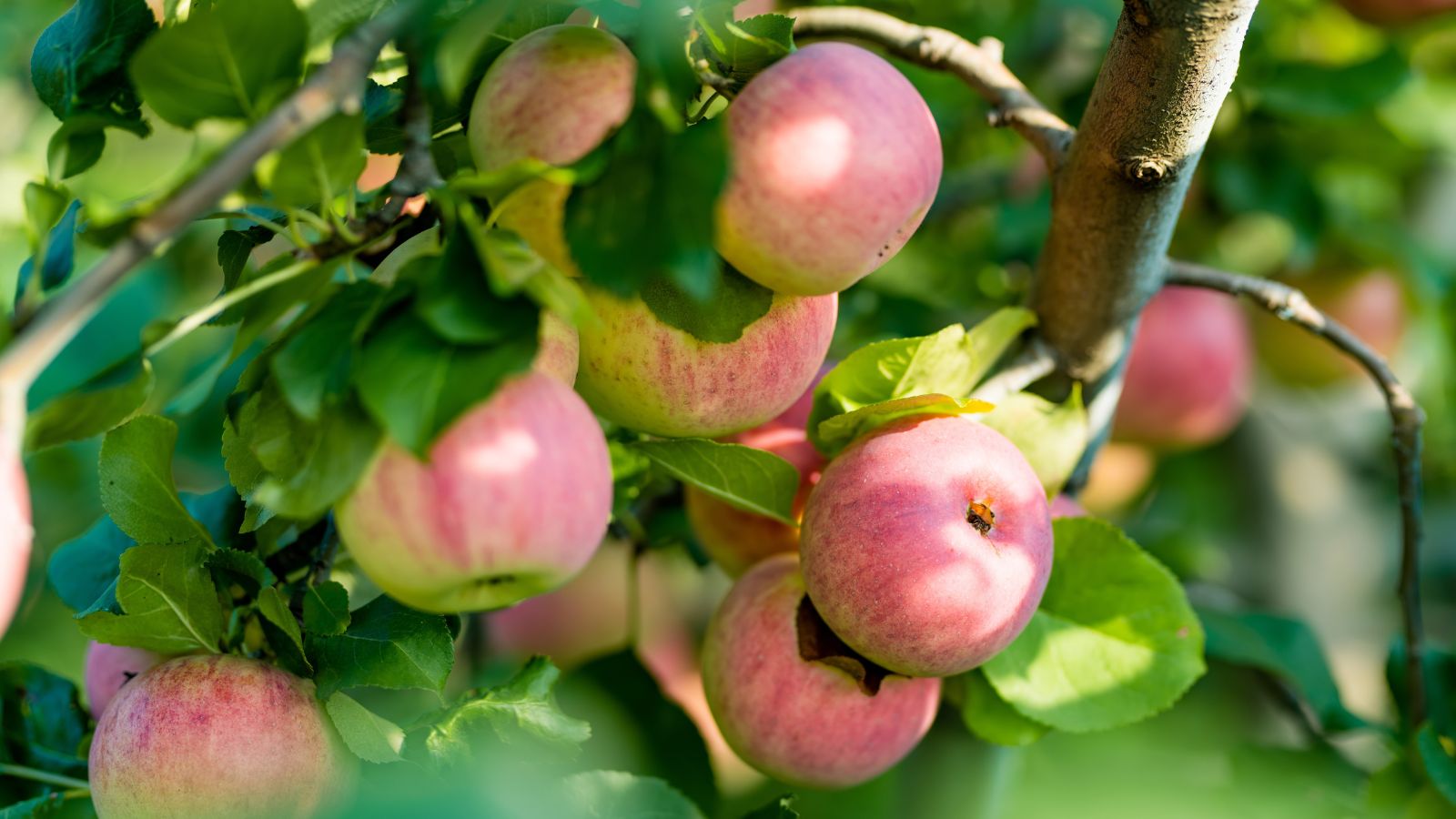
WhimsicalWillow
I found the section on insecticidal properties particularly informative. It’s good to know that natural solutions like pyrethrins from chrysanthemums can be effective alternatives to synthetic pesticides in gardening.